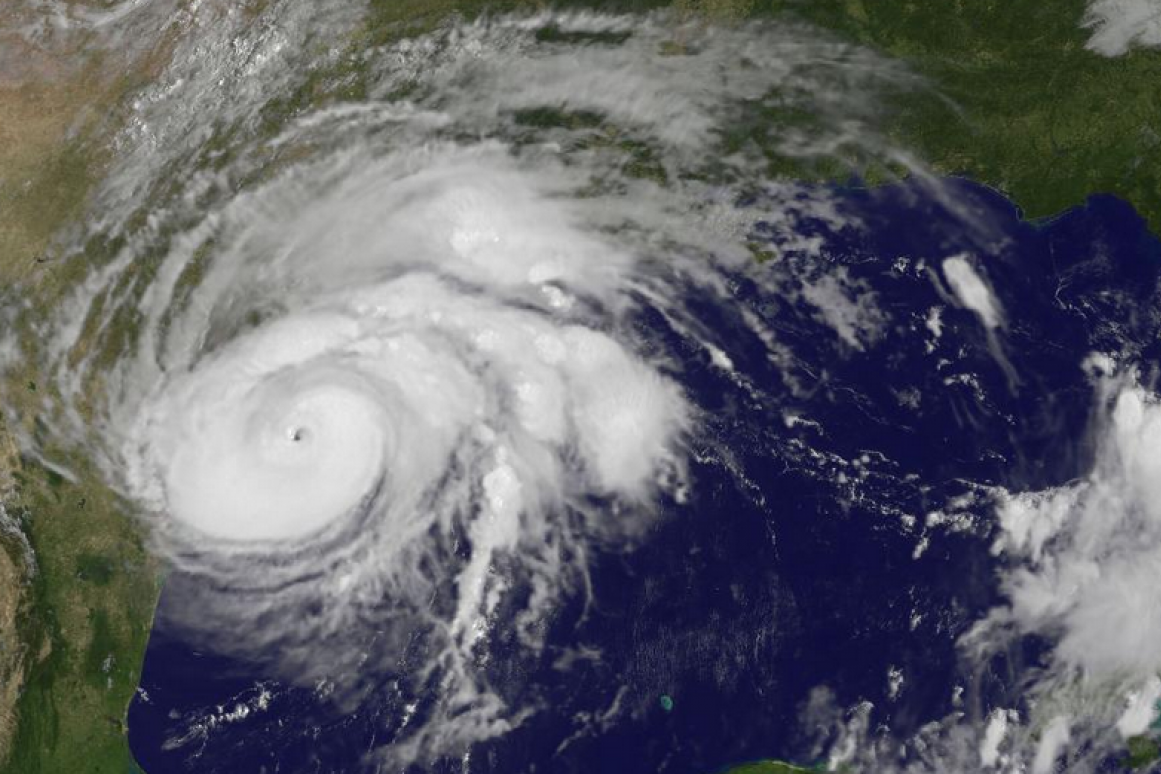HRI Statement on Hurricane Harvey Recovery and Response

CORPUS CHRISTI, Texas — On Friday, Aug. 25, Hurricane Harvey made landfall as a Category 4 hurricane near Rockport, Texas, about 30 miles north of the Harte Research Institute for Gulf of Mexico’s (HRI) location on the Texas A&M University-Corpus Christi campus.
Harvey has continued to cause devastation in the Houston area with massive flooding rains, but so far all HRI staff and students are accounted for and no one has been reported injured.
The University reopened for business on Wednesday, Aug. 30, and HRI is rapidly moving forward with projects focused on learning about the storm’s impacts. Our Geospatial Sciences lab plans to quickly deploy into the field to conduct erosion assessments on impacted coastal zones, including Mustang and Padre islands. Also planned are studies into the storms’ impact on freshwater inflows, the fresh water, nutrients, and sediments flowing into our coastal estuaries. HRI’s extensive monitoring of freshwater inflows will help us study how Harvey’s flooding impacted the coastal ecosystem.
The Texas OneGulf Center of Excellence, which is hosted at HRI, is also making plans to pivot its focus to amassing a research response to Hurricane Harvey. The Center of Excellence was launched after the Deepwater Horizon spill to advance research into the long-term health and sustainability of the Gulf of Mexico, and rapid scientific response to disasters like Harvey is at the core of its mission.
In the days since Harvey made landfall, HRI has completed a detailed inspection of its building and despite reported 80-100 mph wind speeds, the facility is basically undamaged. A few minor leaks occurred around doors and in our large conference room, but all servers and electronics are functioning well. All HRI boats and vehicles are in good condition, including the Center for Sportfish Science and Conservation’s Yellowfin, which was stored in Aransas Pass, where winds were reported to reach 130 mph, in a building rated to survive a Category 3 storm.
Unfortunately, our friends at the nearby University of Texas Marine Science Institute (UTMSI) suffered catastrophic damage to their main facilities in Port Aransas. The campus’ Estuarine Research Center facility suffered significant roof damage and water penetration damage. Other buildings — including administration, the Fisheries and Mariculture Laboratory and some housing facilities on Beach Street for visiting scientists and students — sustained water and roof damage. Parts of the Amos Rehabilitation Keep, an on-site animal rehabilitation Center, were damaged.
HRI and TAMUCC are partnering to make space, equipment, boats and vehicles available to all UTMSI staff that need it as they move forward rebuilding their campus.
